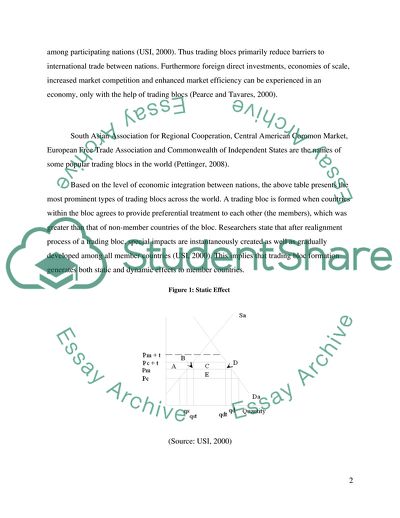Cite this document
(Trading Blocs and Their Effects on the Globalization of the Marketing Essay, n.d.)
Trading Blocs and Their Effects on the Globalization of the Marketing Essay. https://studentshare.org/marketing/1831673-trading-blocs-and-their-effects-on-the-globalisation-of-the-marketing-strategies
Trading Blocs and Their Effects on the Globalization of the Marketing Essay. https://studentshare.org/marketing/1831673-trading-blocs-and-their-effects-on-the-globalisation-of-the-marketing-strategies
(Trading Blocs and Their Effects on the Globalization of the Marketing Essay)
Trading Blocs and Their Effects on the Globalization of the Marketing Essay. https://studentshare.org/marketing/1831673-trading-blocs-and-their-effects-on-the-globalisation-of-the-marketing-strategies.
Trading Blocs and Their Effects on the Globalization of the Marketing Essay. https://studentshare.org/marketing/1831673-trading-blocs-and-their-effects-on-the-globalisation-of-the-marketing-strategies.
“Trading Blocs and Their Effects on the Globalization of the Marketing Essay”. https://studentshare.org/marketing/1831673-trading-blocs-and-their-effects-on-the-globalisation-of-the-marketing-strategies.


